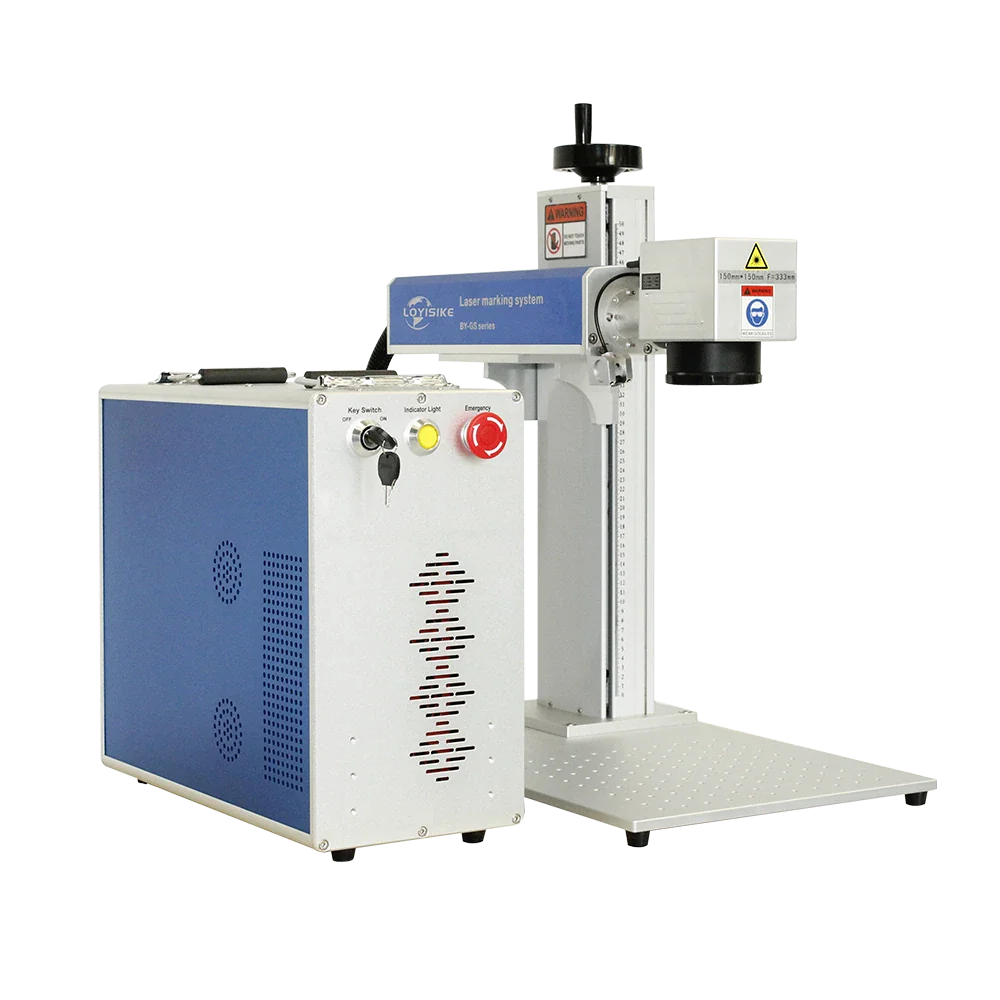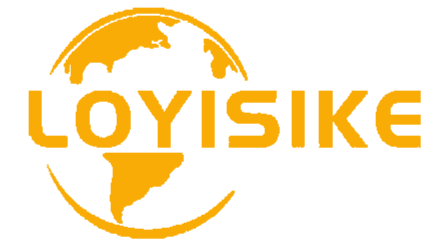
Fiber laser engraving machines are used in the automotive industry for deep engraving and traceability.
Share
Fiber laser engraving machines are used in the automotive industry for deep engraving and traceability.
The production of automotive parts places extremely high demands on marking accuracy, depth, and durability. An automotive engine manufacturer uses fiber laser marking machines for marking key components such as engine blocks and pistons. The engine blocks are made of high-strength aluminum alloy and require the engine serial number, production date, and a traceability QR code to be marked on their surfaces. The markings must be deep enough to ensure legibility despite long-term exposure to high temperatures, pressures, and high wear. Using a high-powered fiber laser, fiber laser engraving machines can achieve deep engraving depths of 0.5-1mm on aluminum alloy surfaces, resulting in clear, durable, and corrosion-resistant marks. Testing has shown that even after rigorous engine bench testing and actual road driving, the markings remain intact, with a 100% scanning recognition rate.
Fiber laser marking machines also play an irreplaceable role in the traceability management of automotive parts. To meet the full lifecycle traceability requirements of automakers, an automotive parts supplier uses a fiber laser marker to mark each wheel with a unique QR code. Scanning this QR code provides information about the entire wheel process, from raw material procurement, production and processing, quality inspection, to logistics and distribution. The fiber laser marker's high-speed marking capabilities and high-precision positioning system ensure accurate QR code marking even on the high-speed rotating automated production line. This significantly improves production efficiency and traceability accuracy, helping the company establish a comprehensive quality traceability system and enhancing its competitiveness in the automotive supply chain.
